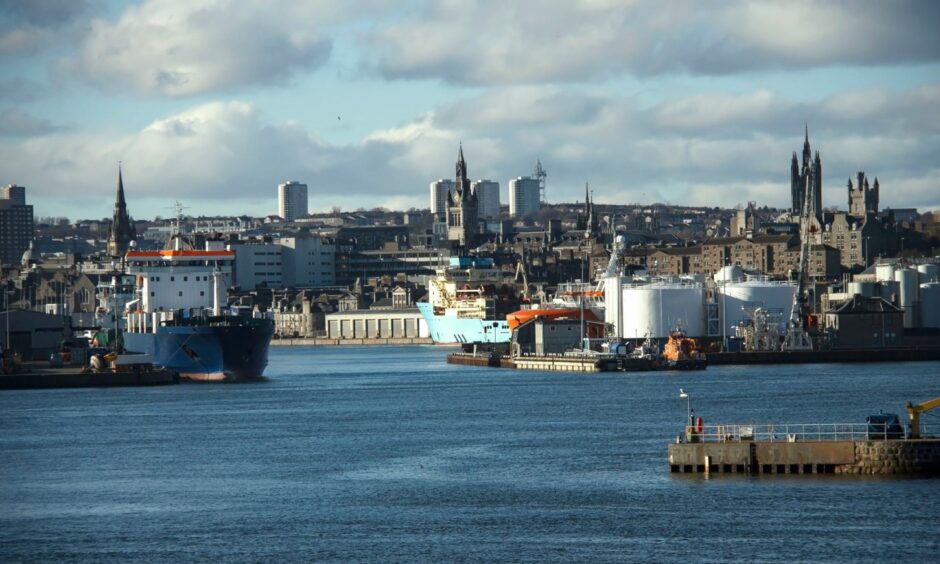
Backers of the north-east’s bid to win lucrative, job-creating “freeport” status were bitterly disappointed to see the plan crumble last week – but in private, few were surprised.
The writing appeared on the wall long before The P&J revealed the application from Aberdeen and Peterhead lost out to rival bids from Cromarty Firth and the Firth of Forth.
Even worse, we can reveal the joint north-east bid was not even close to passing the winning threshold, coming in a distant fourth.
In a series of interviews with insiders and government figures, we lift the lid on the false hopes and the bitter lessons for a region trying to move on from oil and gas.
“I think we were maybe getting the mood music from government contacts last summer really that all was not necessarily well with how the north-east was scored versus the other bids,” said one source connected to the losing bid team.
“It wasn’t hitting all the marks.”
Another insider at the north-east group noted: “The more it started prolonging, it felt like we were becoming more and more of an outside chance.”
By late summer, word was reaching those involved that the Cromarty Firth bid was meeting the criteria set by the Scottish and UK governments.
Key supporters of the north-east bid assumed, correctly, that the preference of many in government was to have one of the nation’s two freeports in northern Scotland and another in the central belt.
Those involved in the Aberdeen and Peterhead proposal feared that if the Cromarty Firth application was likely to succeed, then they must be outside of the top two.
Since the announcement on January 13, we have established it did not even make the top three.
The Forth ports bid was “way ahead”, followed by Inverness and Cromarty Firth, and then the application from Clyde.
From frontrunner to fourth
The Aberdeen and Peterhead bid finished a “pretty distant fourth”, according to government sources, ahead of only Orkney.
While the blow was not totally unexpected by those involved, it was no less crushing for the army of staff behind the bid.
Winning the award meant thousands of jobs and lots of investment.
The consortium included the Port of Aberdeen, Peterhead Port Authority, Aberdeen International Airport, Aberdeen City Council and Aberdeenshire Council, as well as industry representatives, including Opportunity North East and ETZ Limited.
I think the expectation from both governments was that Aberdeen would submit a stronger bid.
– UK Government insider
For many, the decision was quickly framed as a “betrayal” of the region, compounding the damage caused by wavering support for North Sea oil and gas, and long-promised A96 dualling.
Then there is the failure of previous bids to become UK city of culture, or to host pioneering carbon capture and storage technology, or even stage Eurovision.
“It would have allowed us to transition into the net zero capital of Europe,” said one of those involved.
“That was the mantra. We were telling government, this is what you want to see for the region, well these are the levers you have to pull to make it happen.”
The final decision represented a remarkable reversal of fortunes for a bid that was once widely considered the front-runner.
There is little doubt senior UK Government figures had the north-east in mind when the creation of a network of freeports was first touted in the summer of 2019, during Boris Johnson’s campaign for the Conservative leadership.
Just three weeks before Mr Johnson became prime minister, his aides briefed The P&J that “discussions are progressing” about giving either Aberdeen or Peterhead freeport status.
Economic turbocharger
It was said the plan would prove benefits of Brexit, show the strength of the Union and “turbocharge” the north-east economy.
Stephen Flynn, who was an SNP councillor in Aberdeen at the time and now leads the party’s Westminster group, gave a lukewarm reaction.
“Suggestions such as this are little more than a sticking plaster,” he said.
By August 2019, sources close to Mr Johnson’s newly-appointed international trade secretary, Liz Truss, confirmed she was “very keen” for a freeport in the north-east.
The SNP Government was unconvinced, but did not want ports north of the border to be at a competitive disadvantage if freeports were delivered in England.
It was not until February last year that a deal was eventually signed between the two governments to pave the way for two freeports.
They would be known as “green freeports”, in part because applicants would be “required to contribute towards a just transition to net-zero emissions by 2045, delivering net-zero benefits and creating new green jobs”.
On the day of the announcement of an agreement, Mr Johnson travelled to the Babcock yards at Rosyth, part of the Forth bid.
Cryptically, the prime minister told The P&J at Rosyth: “I can’t tell you where they are going to be, but I guess you can sort of make an educated guess.”
At the time, the two governments were still weeks away from publishing a joint prospectus for bidders, and the application process was to be open until June.
A senior Scottish Government source denied there were any “done deals”.
However, with the way the scoring worked, the Forth bid did end up coming “quite far ahead of the other ones”.
You can’t just rip up an independent assessment and say we’re putting it there.
– Holyrood insider.
The scale of it was huge and significant, with the proposal involving key strategic locations such as Grangemouth, Rosyth, Burntisland, Methil, as well as manufacturing potential at Leith.
Cromarty Firth, meanwhile, had “more pronounced” social deprivation than the north-east.
Stewart Nicol, chief executive of Inverness Chamber of Commerce, which was involved in the Cromarty Firth bid, said there were other factors.
“We were the only bid in Scotland where there was the opportunity to do manufacturing of the structures, whether that’s the subsea structures for offshore wind or even the turbine towers,” he said.
The bid won the support of “nearly every offshore wind developer”, and showed “unbelievable” potential for green hydrogen production.
“We had a real sense that the Highlands’ time had come,” he said.
Scorecards
A Westminster insider confirmed the “strongest bid by some margin” was Forth.
“Clyde and Cromarty were pretty much neck-and-neck, but certainly Cromarty was stronger in terms of the decarbonisation criteria,” they said.
“And then Aberdeen was in a pretty distant fourth place in the rankings.
“All of them (except Orkney) met the minimum threshold – they could have been successful.”
The source added: “I think the expectation from both governments was that Aberdeen would submit a stronger bid.”
There was “absolute agreement” between Scottish Secretary Alister Jack and Scottish Finance Secretary John Swinney that the two top bids should proceed.
But the outcome of the assessment left both the UK and Scottish governments with a major headache in the north-east, which also happens to be the front-line of the bitter electoral battle between the Tories and SNP.
‘It took both governments by surprise’
“It took both governments by surprise. But you can’t just rip up an independent assessment and say we’re putting it there,” a Holyrood insider said.
“There’s the risk of legal challenge and losing a legal challenge. You set up a process, you have to follow it.”
Those involved in the north-east bid believe the assessment criteria made the process an uphill battle for the region from the start.
“When I looked at the criteria, I thought, we’re going to struggle here,” one said.
In particular, the focus on deprivation and “additionality” – the delivery of new projects – while Aberdeen and Peterhead were aiming to accelerate diversification.
Some also believe the scoring system became outdated last year in the worldwide fall-out from Vladimir Putin’s invasion of Ukraine.
“I honestly believe the criteria was set incorrectly for this,” the north-east source continued.
“It’s maybe not the fault of government because when they started the bidding process we didn’t have an energy crisis. We didn’t have a cost-of-living crisis.
“Now we’re all talking about how do we secure greater energy security, how do we get greater economic security, and really accelerate energy transition.”
However, there was also an acceptance of the strengths of the Cromarty Firth bid.
“I think theirs was a bit more of a laser-focussed bid with campaign from the start, and it seemed more business-led,” another north-east insider said.
“Whereas Aberdeen City and Aberdeenshire councils were doing quite a lot of the heavy lifting on the actual formulation of the north-east bid.
‘Many-headed monster’
“When it’s two councils, two ports, an airport and then on the interim board you’ve got universities and some of the economic development agencies, and others… It becomes a bit of a many-headed monster.”
Highland entrepreneur Roy MacGregor, who controls Global Energy Group and is chairman of Ross County Football Club, was also viewed by some to be key.
“He will have had John Swinney on speed dial throughout the whole process, I’m sure of it,” said one insider.
“That’s not a criticism, or a suggestion of anything underhand, it’s the way you have to do these things.
“Who was the Roy MacGregor in Aberdeen and Peterhead’s bid? There wasn’t one.”
North-east dilemma
While there was an initial surprise that the north-east bid had scored poorly, discussions behind-the-scenes at Holyrood and Westminster quickly turned to ways the governments could soften the blow.
A senior SNP figure said: “It has been played as a snub to the north-east, which is entirely what you would expect the north-east to say.
“But does that then become self-fulfilling? We’ve been worried about that.
“We said, we’re happy to sign off on this, but we’re only going to do so if there’s something meaningful in terms of UK Government support for the north-east.”
Westminster sources confirmed the discussions, but said it was “a very dangerous thing for them to do”.
They claimed the Scottish Government’s demands could have “undermined the whole process” by linking other projects to freeports, and also led to long delays in announcing the winners.
The talks, which stalled for many months, are understood to have focussed on extra cash for the region’s energy transition, as well as the Acorn carbon capture and storage project.
Acorn would use the St Fergus gas terminal in Aberdeenshire, as well as former oil and gas pipelines, to store harmful emissions under the North Sea.
Progress on both fronts is expected to be announced within the coming weeks.
Asked about the carbon capture scheme last week, Prime Minister Rishi Sunak said: “We very much recognise the benefits of the Scottish cluster and the role it could play in decarbonisation, and we are progressing track 2 and will set out further details in due course.”
Could the north-east still host a freeport?
Some of those connected to the Aberdeen and Peterhead freeport bid have not completely given up hope of securing the status for the region.
“I think they can do an additional one. There’s nothing stopping them, if you know what happened in England, they started with five and they’ve now got eight,” one said.
“There is nothing stopping them saying that, in light of what we face now and in the next five to 10 years with the generational challenge to energy security, why we shouldn’t award one to the north-east of Scotland?”
There may be hope, but in a region now accustomed to disappointment, there will be little expectation.
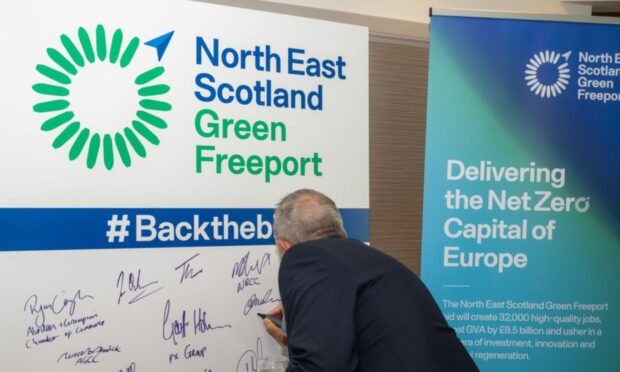
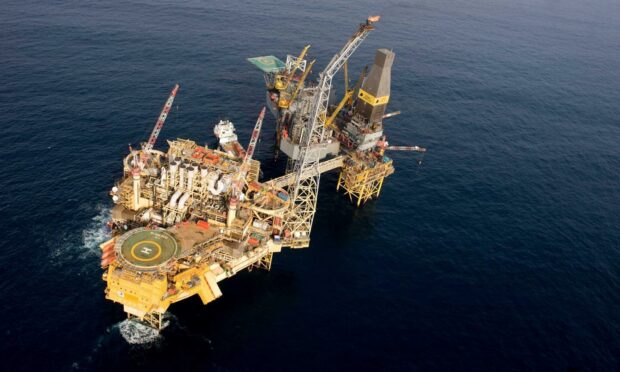
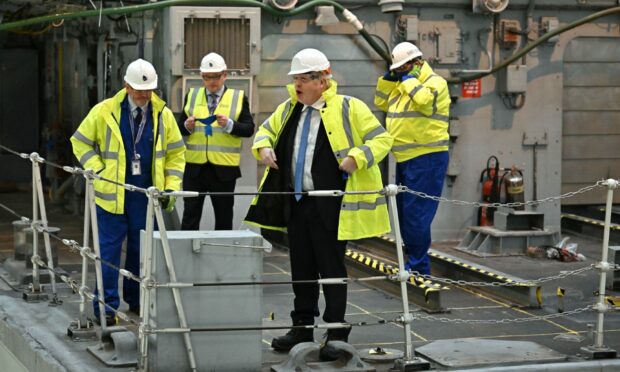
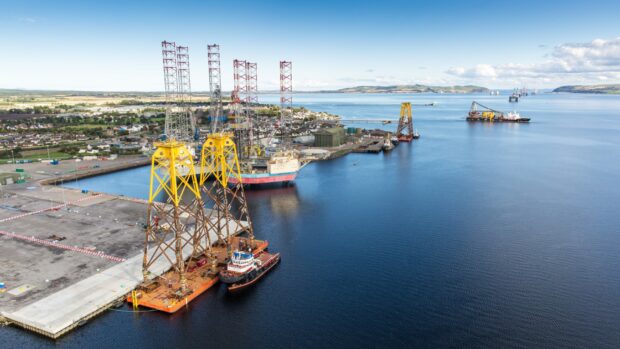
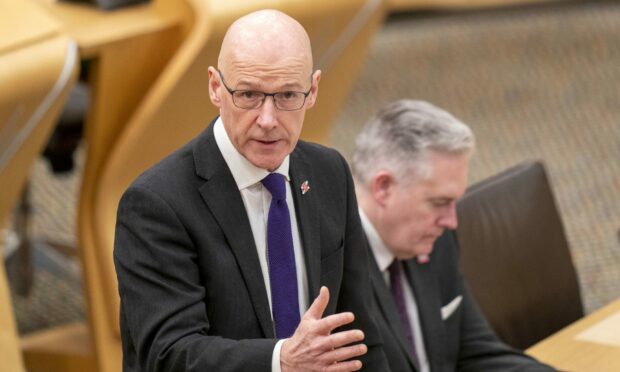
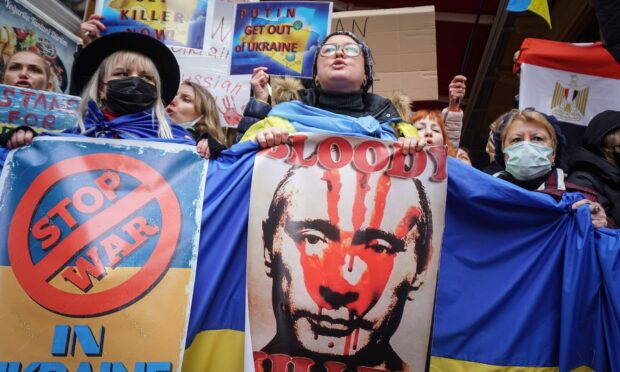
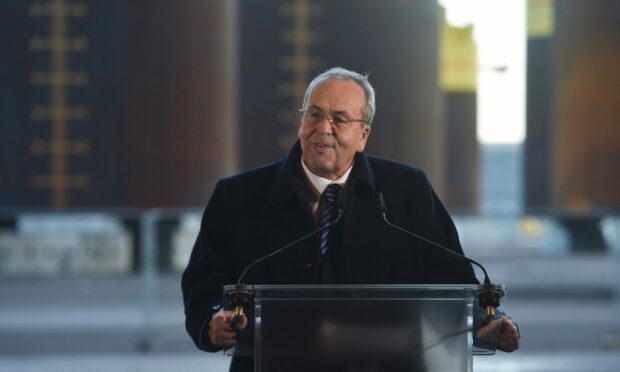
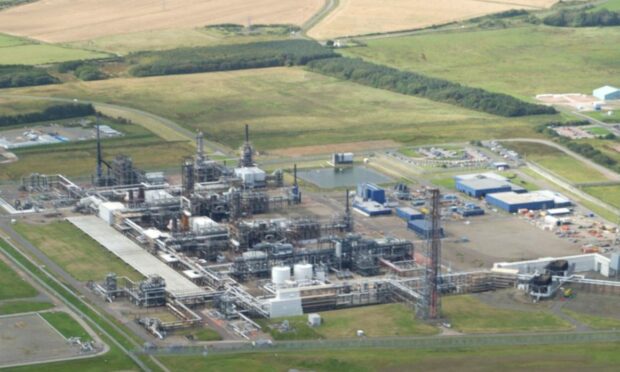
Conversation